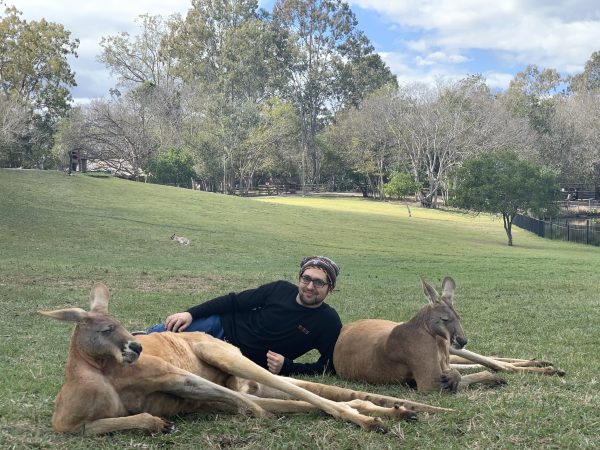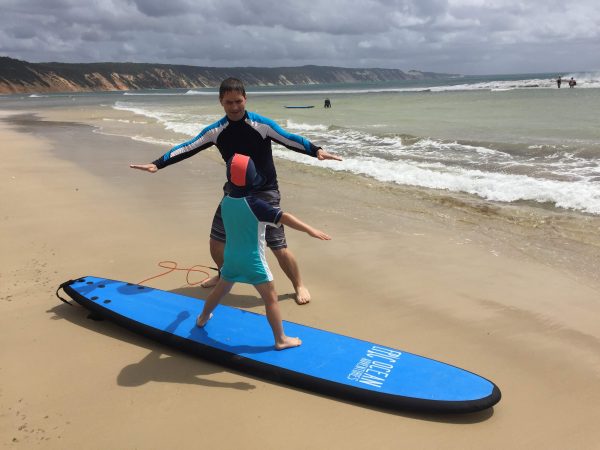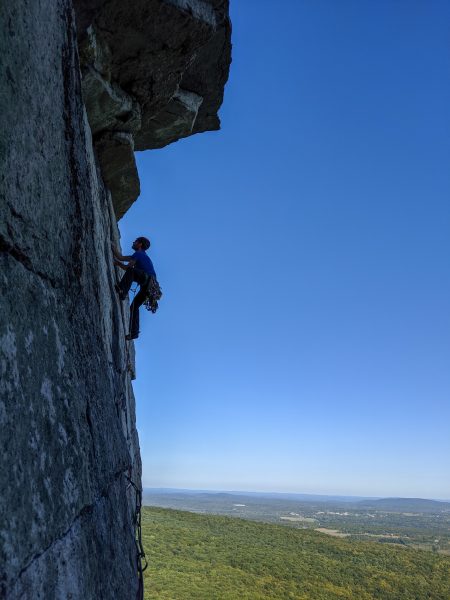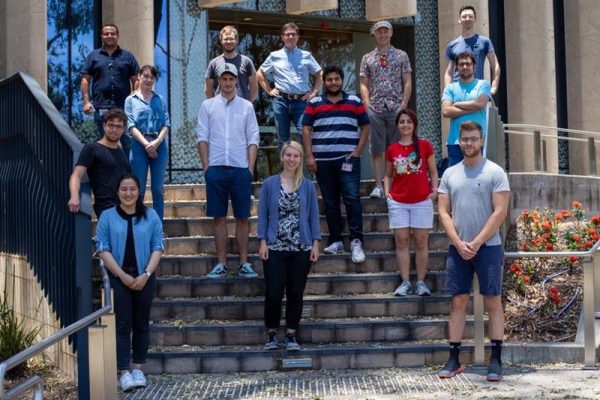By Pinar S. Özbay

This MRM Highlights Pick interview is with Shahrokh Abbasi-Rad, Markus Barth and Steffen Bollmann, researchers at The University of Queensland, Brisbane, Australia. Their paper is entitled “Improving FLAIR SAR efficiency at 7T by adaptive tailoring of adiabatic pulse power through deep learning B1+ estimation”. Their method uses information from B1+ localizer scans and estimates B1 field bias for slice-wise correction using a convolutional neural network. They also made their training dataset and code available on GitHub for the benefit of the MR community.
To discuss this Q&A, please visit our Discourse forum.
MRMH: Could you briefly tell us about your backgrounds and how you first got into the field of MRI?
Shahrokh: During my bachelor’s studies, I took an elective course on MRI. This course left me with a lot of questions, as I was a newbie to the field, and I grew increasingly enthusiastic about it. I decided to continue in the field of MRI for my master’s degree, which I did at Tehran University of Medical Sciences (TUMS). There I worked on cortical bone water quantification. I was keen to gain further experience with both MRI and pulse sequences, and so I sent an email to Markus. Luckily, he was pleased to help. Later I moved to Australia and joined his lab for my PhD studies.
Steffen: I studied Biomedical Engineering in Ilmenau, Germany, where I worked on EEG/MEG source localization. For the latter, we were using forward models and extracting this information from MR data, and it was this work that sparked my interest in MRI. I was given the chance to do an internship in Jena with Prof. Reichenbach’s group. After that, I continued down the same path and moved to Zurich. I did my PhD in EEG/fMRI and GABA spectroscopy with Ruth O’Gorman and Klaas Pruessmann. Following my PhD, I started looking for a country with a little bit more sunshine and better weather for rock climbing and outdoors pursuits, and that is how I came to Brisbane working with Markus.

Markus: During my master’s studies, a professor from the Nuclear Physics Department taught us a little bit about NMR. I became very interested and he suggested I join an MR lab at the University of Vienna. There I had a chance to work on blood oxygenation and fMRI, which had just been invented around that time. It went on to be the main part of my PhD work. Following my PhD, I joined Prof. Norris’s group in Nijmegen, where I had the opportunity to gain experience with a 7 Tesla system. I worked on projects related to laminar fMRI and sequence development for many years, and eventually I decided to build up my own group. And that’s the story of how I ended up in sunny Brisbane.
MRMH: Tell us about your paper and how the work came about.
Shahrokh: We wanted to use a FLAIR sequence at 7 T for brain imaging. 7 Tesla offers a high signal-to-noise ratio (SNR) and allows you to visualize subtle anatomical features of the brain. But the specific absorption rate (SAR) presents a problem; if you want full coverage, the scanner requires you to reduce the number of slices or increase the repetition time (TR) time. However, we didn’t want to reduce our field of view or increase the scan time. So, we decided to try reducing the SAR of the FLAIR pulse sequence.
Steffen: I think the idea actually originated during a couple of coffee meetings with other scientists in the center. Basically, we were aware that the FLAIR sequence wasn’t working well at 7 T. And then they (our Siemens engineers) said, well that’s obvious because there are adiabatic pulses in the sequence, which consume a lot of SAR because they are overdriven to ensure full inversion everywhere in the brain. We initially thought about acquiring a B1 map and measuring what we needed, and then just scaling the pulse down. So, that’s pretty much how it started, as a summer project in 2016. In the meantime, I started working on deep learning projects and later we came up with the main idea for the paper.
Markus: We wanted to make the method robust and useful over a large population. But we also knew that B1 map acquisition takes a long time. Then, it suddenly came to us: all we need to know is the B1 bias field, which we can predict from the localizers that only takes 20 seconds to be acquired (and needs to be acquired anyways)! And we decided to leverage deep learning to do so. But, in any case, we would not have come up with this idea without our coffee meetings!
MRMH: Could you also briefly describe the deep learning model and outcome?

Steffen: We acquired localizer scans and B1 maps in 28 volunteers and also made them publicly available. We trained a convolutional neural network to estimate the B1+ profile from the localizers and calculated slice-specific scale factors. We assessed the predicted B1+ profiles and the effect of scaled pulse amplitudes on the FLAIR inversion efficiency in oblique transverse, sagittal and coronal orientations.
Shahrokh: I think, the main achievement of our work is the use of a FLAIR sequence with whole brain coverage at 7 Tesla, with less SAR, and without the need of dielectric pads or a pTx system, while getting the most out of a single-channel coil. Also, the method is not limited to FLAIR, so any 2D pulse sequence that uses adiabatic pulse can benefit from it.
MRMH: What was the biggest challenge in the implementation?
Markus: We wanted to find an automatic solution for lowering SAR for FLAIR at 7 Tesla. And the challenge was really to put all the different pieces together.
Shahrokh: This project had various aspects: sequence programming, deep learning, RF pulse design, and image processing. Also, although the scale factor calculation initially seemed very straightforward — we all thought, it’s just a curve, and we simply need to reduce the scales as we move up in the brain — making it robust actually turned out to be a lot more difficult. In fact, I also had to perform simulations based on Bloch equations, to look carefully into the B1 maps.
MRMH: Do you have any ideas on how to improve the current model?
Steffen: We currently have 28 training data sets, which is not a lot, and also the neural network training is most likely coil specific. Also, if someone uses our model with a different scanner or a different field strength, it may break down. Additionally, if a subject has a very extreme head rotation in the head coil, this will also start to break down, because the network hasn’t really learned to associate such rotations with different B1 information. So that’s definitely something that could be improved. In terms of hardware, if you have a pTX system, you can then use our method and use the additional degrees of freedom to adapt the RF pulse power on a per (transmit) element basis to potentially further improve the FLAIR SAR and the image homogeneity, but this needs to be carefully investigated.

MRMH: What is your take-home message for MRM Highlights readers?
Markus: Ideas are great. But also find it very important to assemble all the other necessary ingredients to turn your ideas into something useful — so other people are able to use it for their ideas, projects and applications.
Steffen: Definitely. It took just two days for us to advance from that coffee meeting to the first prototype. But then, implementing the method in the scanner in a robust way and publishing the work took years. We should also appreciate the work done by the company and vendor engineers. As researchers, we are breaking their systems on purpose!
MRMH: I couldn’t agree more! Again, congrats on your nice work. I hope to see you virtually during the upcoming ISMRM conference!





Thanks for the nice interview. I like MRM highlights very much because it gives you a good intro to the goals and ideas of the paper, and how all of them are put together. And then you read the paper. Thanks.
Comments are closed.